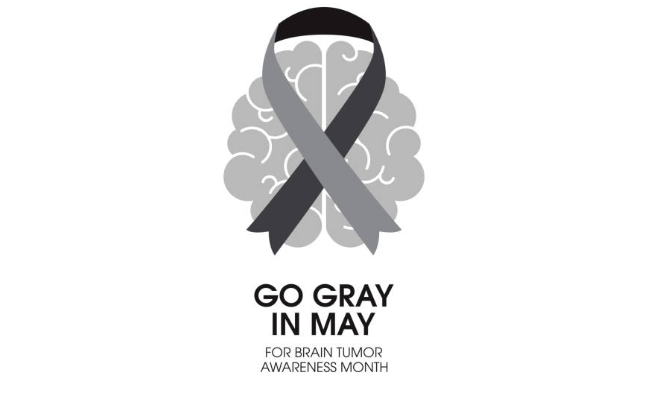Brain Cancer Awareness Month
- Posted On:

Source: Brain Tumors and Brain Cancer | Johns Hopkins Medicine
What is a brain tumor?
May is Brain Cancer Awareness Month, and CCH wants to raise awareness and spread education regarding brain cancer and brain tumors.
A brain tumor is a growth of abnormal cells in the brain. The anatomy of the brain is very complex, with different parts responsible for different nervous system functions. Brain tumors can develop in any part of the brain or skull, including its protective lining, the underside of the brain (skull base), the brainstem, the sinuses and the nasal cavity, and many other areas. There are more than 120 different types of tumors that can develop in the brain, depending on what tissue they arise from.
How common are brain tumors, and are they dangerous?
In the United States, brain and nervous system tumors affect about 30 adults out of 100,000. Brain tumors are dangerous because they can put pressure on healthy parts of the brain or spread into those areas. Some brain tumors can also be cancerous or become cancerous. They can cause problems if they block the flow of fluid around the brain, which can lead to an increase in pressure inside the skull. Some types of tumors can spread through the spinal fluid to distant areas of the brain or the spine.
Brain Tumor vs. Brain Cancer
All brain cancers are tumors, but not all brain tumors are cancerous. Noncancerous brain tumors are called benign brain tumors.
Benign brain tumors typically grow slowly, have distinct borders, and rarely spread. Benign tumors can still be dangerous. They can damage and compress parts of the brain, causing severe dysfunction. Benign brain tumors located in a vital area of the brain can be life-threatening. Very rarely, a benign tumor can become malignant. Examples of typically benign tumors include meningioma, vestibular schwannoma, and pituitary adenoma.
Malignant brain tumors are cancerous. They typically grow rapidly and invade surrounding healthy brain structures. Brain cancer can be life-threatening due to the changes it causes to the vital structures of the brain. Some examples of malignant tumors that originate in or near the brain include olfactory neuroblastoma, chondrosarcoma, and medulloblastoma.
Brain Tumor Symptoms
Different parts of the brain control different functions, so brain tumor symptoms will vary depending on the tumor’s location. For example, a brain tumor located in the cerebellum at the back of the head may cause trouble with movement, walking, balance, and coordination. If the tumor affects the optic pathway, which is responsible for sight, vision changes may occur.
The tumor’s size and how fast it’s growing also affect which symptoms a person will experience.
In general, the most common symptoms of a brain tumor may include:
Seizures or convulsions
Difficulty thinking, speaking, or finding words
Personality or behavior changes
Weakness, numbness, or paralysis in one part or one side of the body
Loss of balance, dizziness, or unsteadiness
Loss of hearing
Vision changes
Confusion and disorientation
Memory loss
Heptner Cancer Center is a dedicated team of experts that provide cancer care. If you or someone you love is battling a brain tumor or brain cancer and is seeking treatment, reach out to Heptner Cancer Center by calling 307.688.1900.

